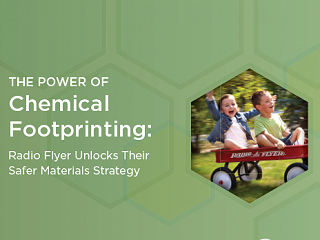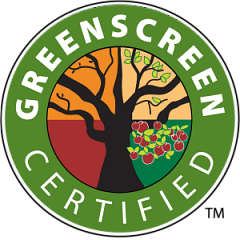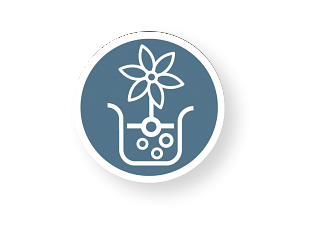In tandem with the rise in interest in green chemistry, companies are increasingly looking to gain business value from sustainable chemicals management. However, shifting to a program aiming for safer materials demands program changes that many struggle to achieve.
Read on…A new Pure Strategies report, “The Power of Chemical Footprinting: Radio Flyer Unlocks Their Safer Materials Strategy,” demonstrates the power of understanding corporate chemical footprints as a platform for crafting and advancing a proactive approach to chemicals management.
Read on…National leaders in sustainable chemistry gathered at the Green Chemistry in Commerce Council (GC3) annual meeting hosted by Steelcase in Grand Rapids, MI this week to share inspiration, insights and explore the future of the field. Sally Edwards of UMass Lowell and I facilitated a workshop on the business case for The Chemical Footprint Project (CFP).
Read on…Harmful materials present a significant barrier to shifting many products and supply chains to sustainable and circular economy solutions.
Read on…The inaugural Chemical Footprint Project report released this week highlights the financial risks that companies face due to chemicals of high concern (CoHCs) to human health and the environment in their products and supply chains.
Read on…A critical step in developing an effective restricted chemicals list is considering what will be used instead, because replacements may be just as much of a concern as the original substance.Many companies include additional materials that are similar to a primary chemical of concern and carefully evaluate alternatives in order to avoid a regrettable substitution. However, companies may determine that a material does not have a safer or effective alternative and should not be replaced yet.
Read on…Proactively adopting a sustainable chemicals management program is a company’s best response to ever-increasing requirements and demands from consumers, supply chain partners and regulators. A key challenge for firms employing this approach is accessing the necessary chemical information. Software systems designed to meet this need can save resources, support improved chemical selection for the design of safer products and allow more rapid response to changing market demands for ingredients and materials.
Read on…Just as companies evaluate their carbon, water and waste footprints, the CFP finally provides a tool that enables purchasers and brands to: benchmark and measure progress towards safer chemicals; recognize and reward suppliers for doing what matters most to retailers and customers; create greater accountability across value chains; encourage chemical information sharing; and provide a metric to compare and measure continuous improvement of suppliers.
Read on…Keeping up with growing demands for chemical data using spreadsheets or simple databases will become increasingly unrealistic. Managers need tools that enable them to organize, analyze and make decisions about chemicals and materials in their supply chains and products — and they need to do this quickly and accurately.
Read on…To help guide companies managing this added pressure, Pure Strategies, evaluated how leaders in the formulated products marketplace have constructed their goals, strategies, tools and partnerships. What is at the core of these programs — and what makes them successful?
Read on…The lack of information on chemicals used in a company’s supply chain can make product and packaging innovation challenging.
Read on…










